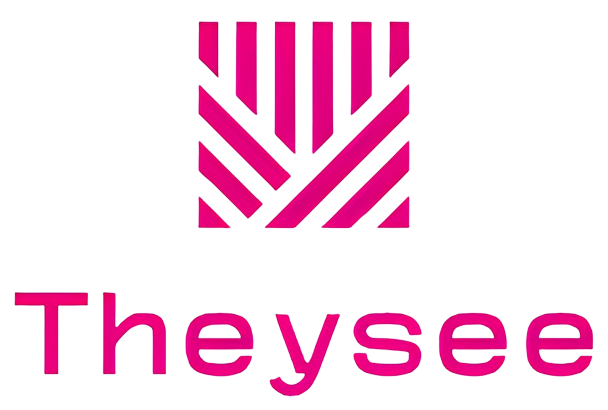Internet has revolutionized communication, fostering connection and knowledge sharing on a global scale. However, for women, this digital landscape can be a double-edged sword. While it offers an invaluable platform for self-expression, advocacy, and community building, it also presents unique challenges to their safety and well-being. This blog delves into the complexities of women’s voices and participation online, exploring both the opportunities and the hurdles they face, and advocating for strategies to ensure their safe and empowered online presence.
The Power of the Platform: Amplifying Women’s Voices
The internet has empowered women to bypass traditional gatekeepers and amplify their voices in unprecedented ways. Social media platforms have become powerful tools for:
- Self-expression and storytelling: Malala Yousafzai, a Pakistani activist for female education, used her online platform to share her story and advocate for girls’ right to education, inspiring millions globally.
- Advocacy and activism: Tarana Burke, the founder of the #MeToo movement, leveraged social media to share her experiences of sexual assault and ignite a global conversation about sexual harassment and assault.
- Building communities: Michelle Obama, through her online platforms, connects with millions, advocating for various social causes and fostering a sense of community and belonging for women around the world.
- Entrepreneurship and economic empowerment: Reshma Saujani, the founder of Girls Who Code, uses online platforms to connect with young girls and encourage them to pursue careers in technology, bridging the gender gap in the tech industry.
These are just a few examples of how the internet empowers women and fosters their participation in various spheres. However, it is crucial to acknowledge the challenges that persist in this digital landscape.
Navigating the Minefield: Challenges Faced by Women Online
Despite the undeniable benefits, women’s online experiences are often marred by various forms of online violence and harassment, including:
- Cyberbullying and hate speech: Women journalists like Sarah Jeong and Jessica Valenti, who challenge societal norms and express dissenting opinions, are frequently targeted with online abuse and hate speech.
- Sexual harassment and exploitation: Online platforms are rife with instances of sexual harassment, unsolicited explicit content, and attempts at online grooming and exploitation.
- Doxing and privacy violations: The ease of sharing personal information online makes women vulnerable to doxing, where their private details are exposed publicly, often with malicious intent.
These experiences can have a significant impact on women’s mental health, self-esteem, and participation in online spaces.
Strategies for Safety and Self-Care: Empowering Women Online
To ensure women’s safe and empowered participation online, a multi-pronged approach is necessary:
- Privacy and security awareness: Educating oneself about online privacy settings, strong passwords, and safe online practices is crucial for mitigating risks.
- Critical engagement: Developing critical thinking skills to identify and avoid harmful content, online manipulation, and misinformation is essential.
- Building supportive networks: Cultivating online and offline communities of trust and support can provide a safe space to share experiences and seek help when needed.
Collective Action:
- Platform accountability: Holding online platforms accountable for creating safer spaces through stricter content moderation policies, robust reporting mechanisms, and user education initiatives.
- Promoting digital literacy: Implementing programs that educate individuals, particularly young people, about online safety, responsible behavior, and respect for others in the digital space.
- Supporting organizations: Supporting organizations working towards online safety for women, including those providing resources, legal assistance, and mental health support.
Conclusion
The internet holds immense potential for empowering women and fostering their voices. However, it is crucial to acknowledge the challenges they face and work towards creating a safer and more inclusive digital environment. By adopting individual strategies, advocating for collective action, and fostering a culture of respect and support online, we can ensure that women can participate fully and thrive in the digital sphere.
This blog is just a starting point for a crucial conversation.

